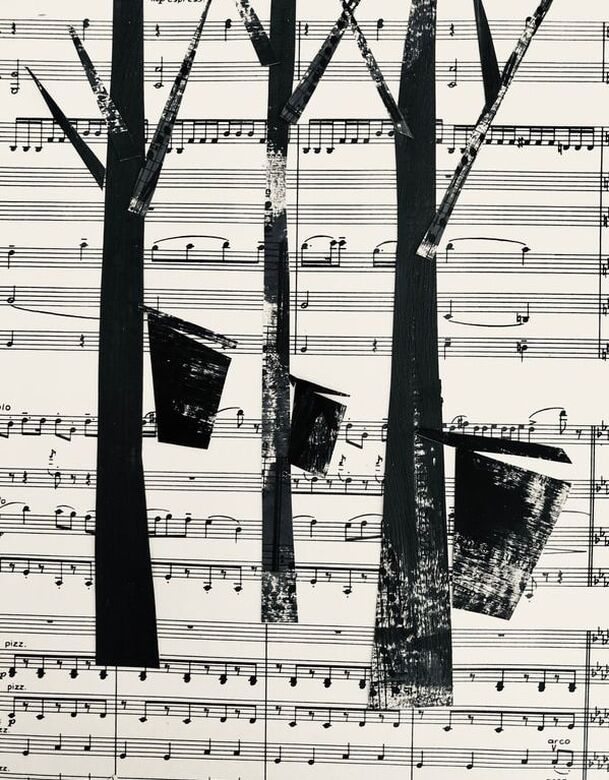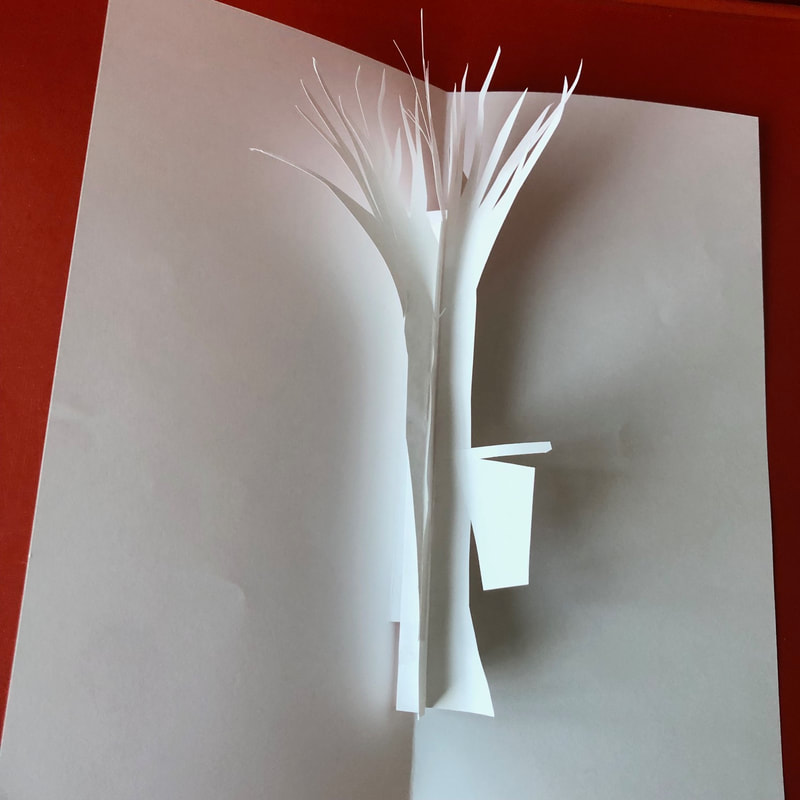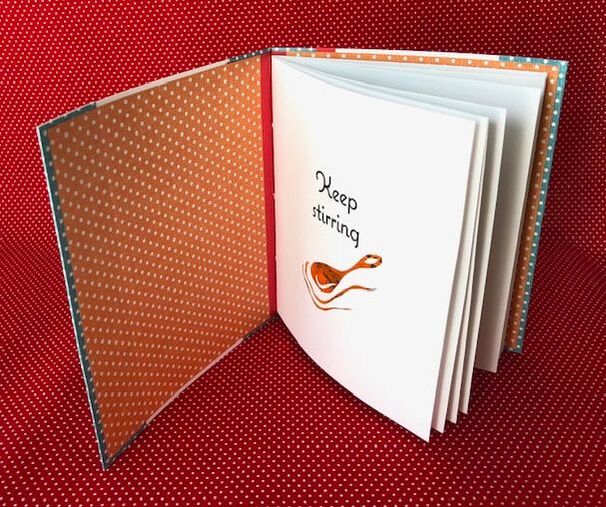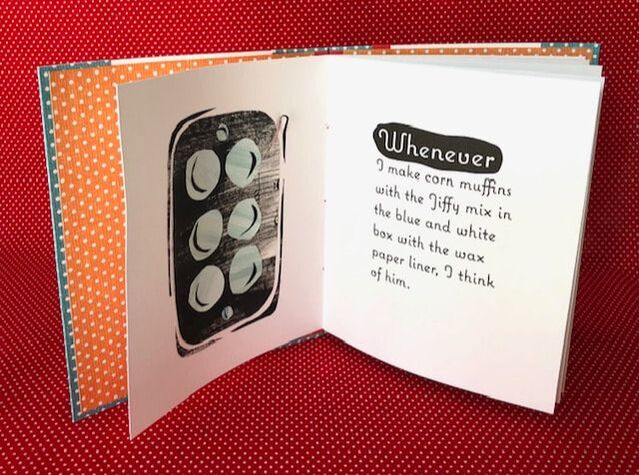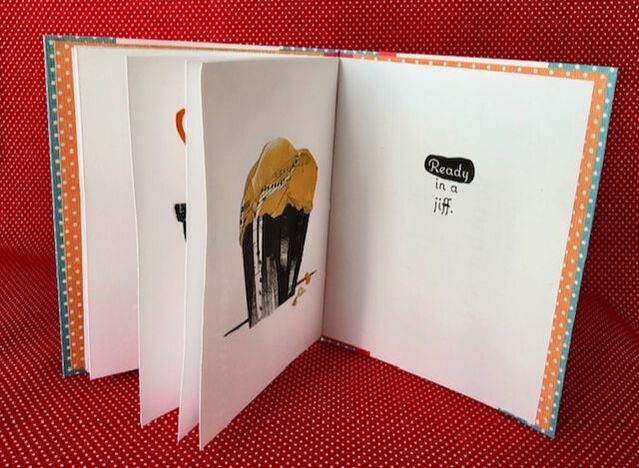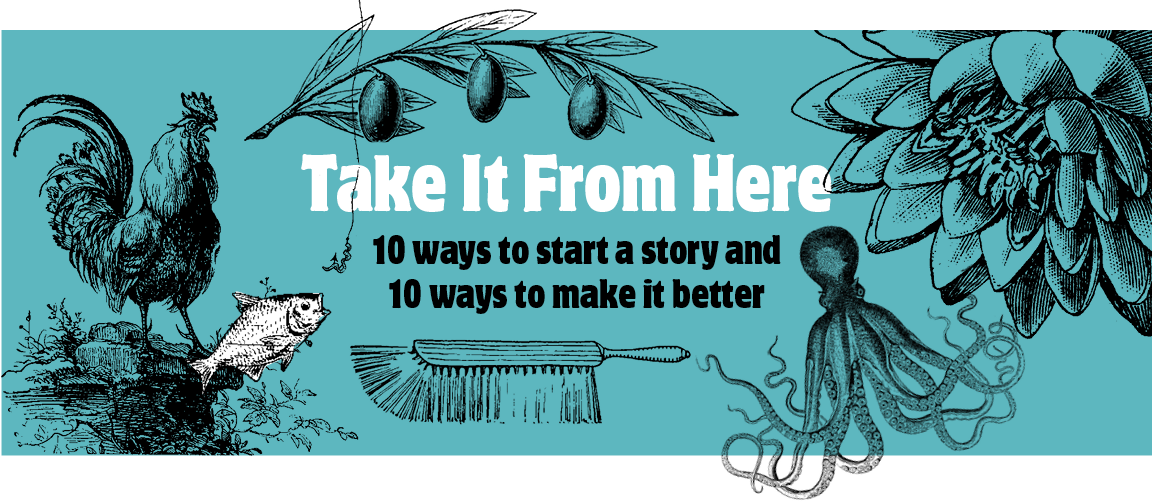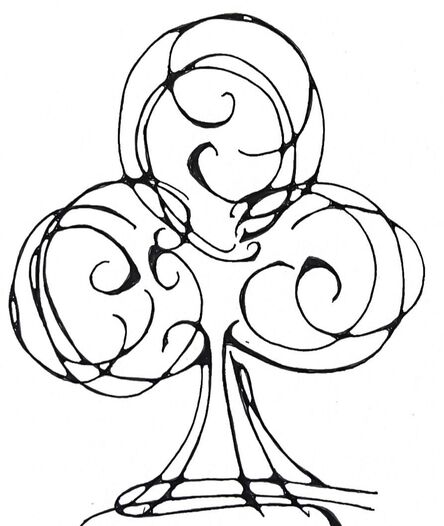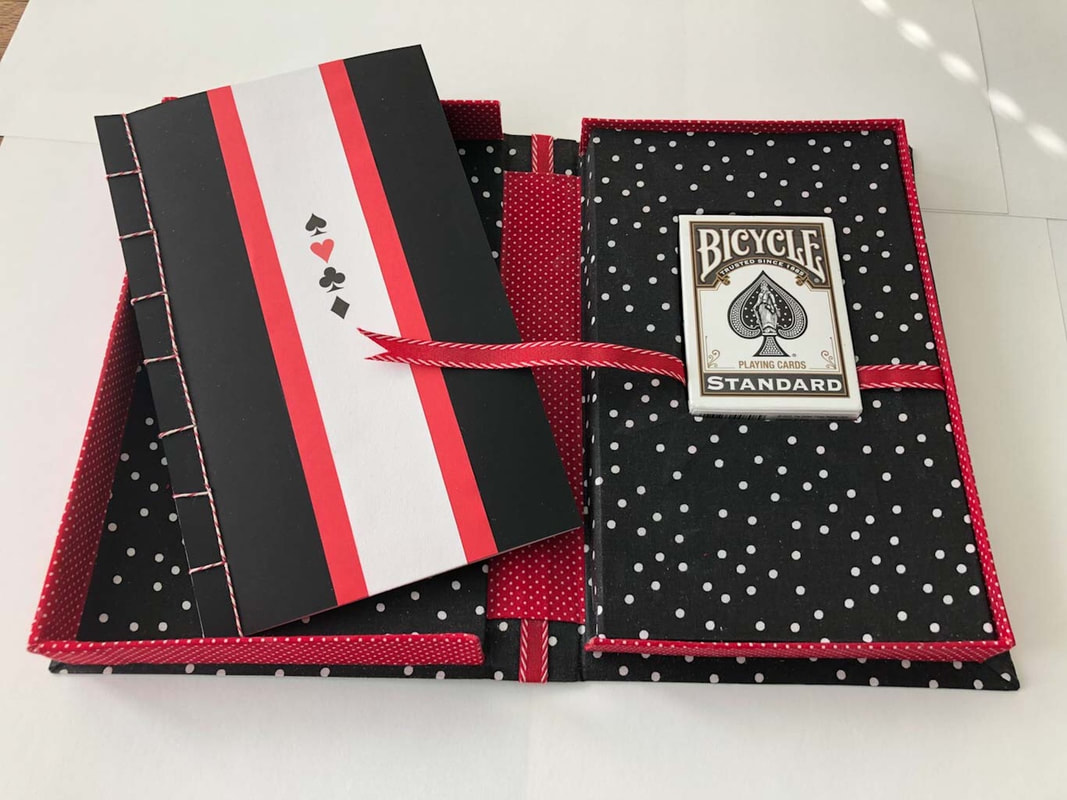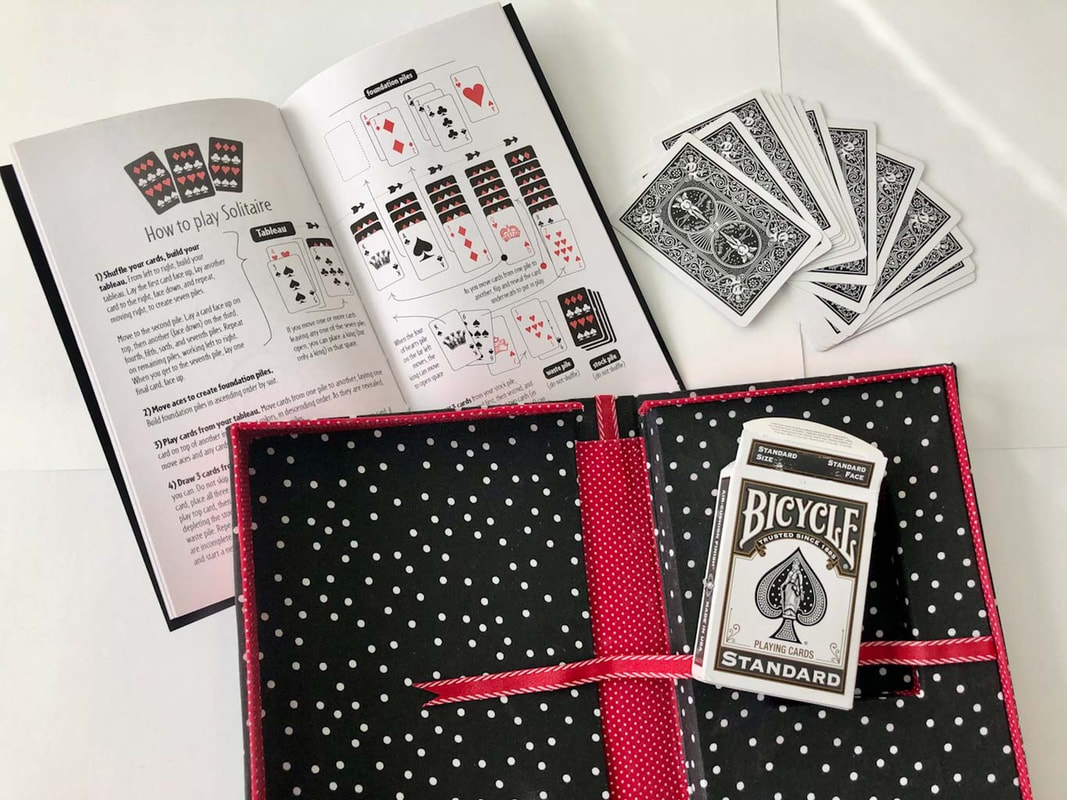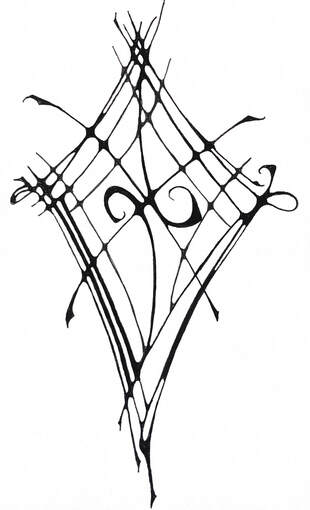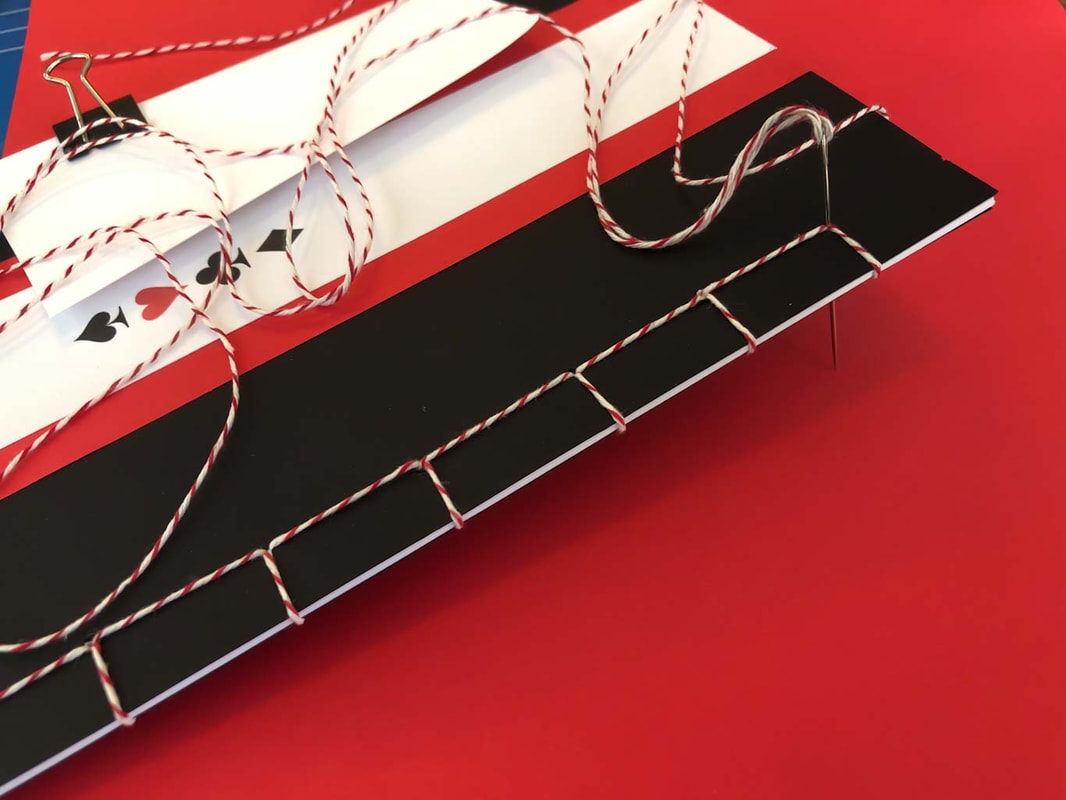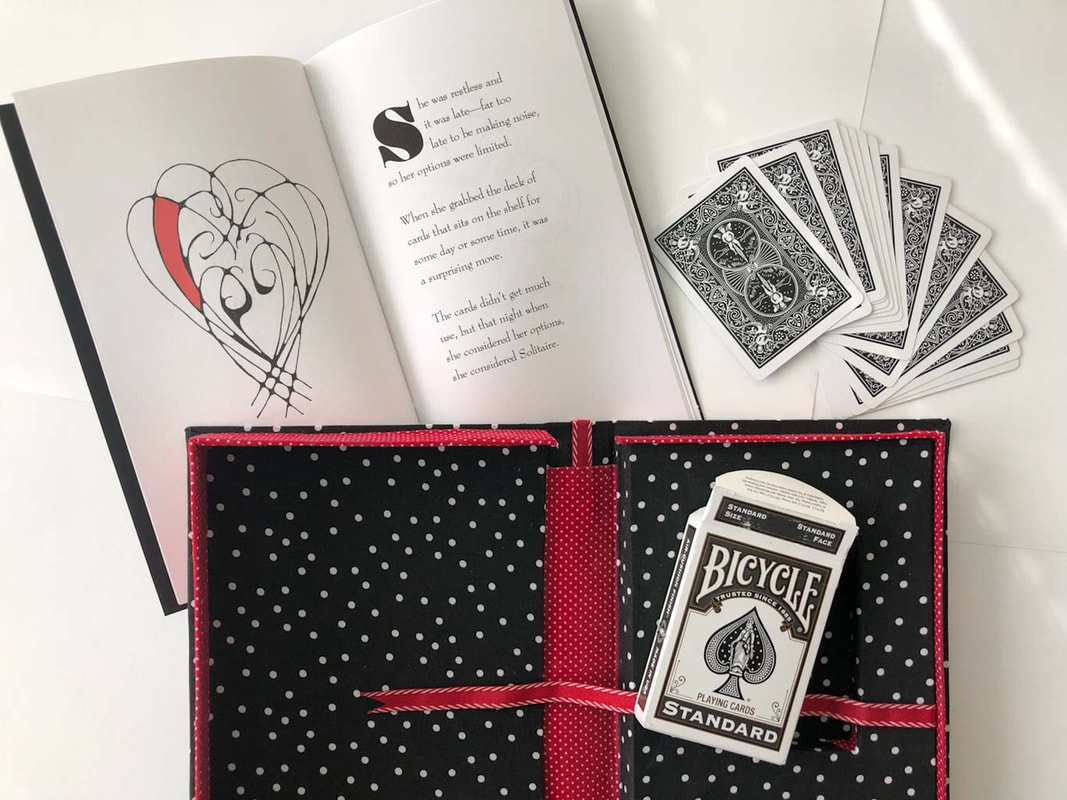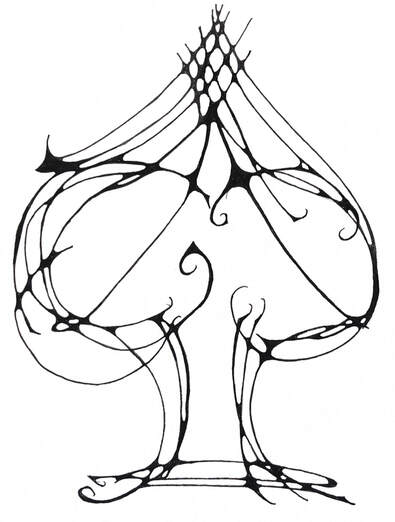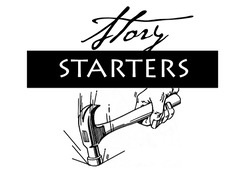|
When the sap is running There's a house down the street where every spring they tap the maple trees ... Three trees, one bucket for each There's another house where they used to tap the trees, but don't anymore I wish they did That was the house where they put out the metal buckets The house that still taps the trees uses plastic buckets ... sky blue If the light is right, you can see the sap level through the plastic and watch it rise, surge even, from one day to the next It's fascinating really, to see how much sap is released from the tree With the metal buckets, you can't see the sap level, but I prefer them anyway Camouflaged against the bark of the tree and the still-gray landscape, they cast a knowing silhouette ... A reminder that, although it's hard to see, change is upon us Cool nights will give way to warmer days, the sap will flow, and the flowers will, once again blossom Makes me wish I had a maple tree -------- Branching out ... The maple sugaring poem is a modified version of a piece I wrote a while ago. It came to mind when I was thinking of making a pop-up book and needed something to pop. It's the next step in my book-making journey. Studying how to create a structure ... one that will open and close properly has me snipping, folding, and gluing long past my bedtime.
This is a prototype. Rough, inefficient, and utterly captivating. I'll keep you posted on how it's going.
0 Comments
The title of this story might also be "Don't try to do it all in one project." After finishing my Solitaire book, I wanted to try another using a poem I'd written about cooking with a friend. The collage of the Jiffy box was created when I wrote the poem, so I figured I was halfway there. Not quite. Like the first book, there were unexpected hurdles and so many decisions to make. Though I do a lot of handmade collage work, most of my design work has been computer generated. As a graphic designer I've created posters, magazines ... and books ... on the computer. Books that are printed and bound in a print shop. Not by me, not by hand. Building a handmade book is new to me and it's been challenging. Another problem was making the project more complicated than it needed to be ... like trying to hand letter the text or create pen and ink drawings to illustrate the book. It was all too overwhelming. My lettering wasn't good enough (in my eye) and the illustrations looked, well, too primitive. Collage is where I'm comfortable, so for now and for this book, I decided to stick with what I know. One learning curve at a time. The next problem was thinking it all had to be perfect. I ripped out, tore apart, and recreated many, many pages to get things "just right." Well, it's impossible, especially when so much is so new. Now that the book is done, I know the cover material is too thin. It's warping. The endpapers on the inside of the front and back covers don't line up exactly as they should. And the stitching that holds the book together is not quite right. It should extend further up and further down along the spine. Some problems I recognized before the book was complete, but there had been so many delays and changes, I just had to let some be, and push forward. In the end, it's not perfect, but I'm pleased with the book, and here's why: When I decided to make the book, I hadn't read the story in a while. What a treat it's been to be taken back to that day in the kitchen. April is National Poetry Month. Both stories in my books came from short poems. Narrative poems. No rhyming, no formal structure. Are you interested in writing your stories? Try a narrative poem. Use a story you started in a letter, expand on a story you wrote in a journal, or one you mentioned in a diary. Explore a story that stays with you. It can be as short or long as it needs to be. Whether its making books by hand or writing stories, the most important thing is to start ... and keep stirring. How a simple idea grew in something (almost) too much to handle .. and why I didn't give up When I started my Solitaire project, the idea was to create a simple book from a poem I wrote. What I ended up with was far more complicated ... When I decided to use the poem to create a small book, it was an exercise in bookmaking. A one-off experiment. Once I decided to make the book, I thought it might be nice to make a box to hold it. And then ... if there's a box, why not include a deck of cards. This is about a card game after all. And then ... what if someone opens the box, reads the story and wants to play a game of Solitaire but doesn't know how? I must include instructions. But I can't just copy the instructions, that would be plagiarism. I'd have to write them in my own words. And then ... written instructions are good, but a diagram would be helpful. It seemed with each problem solved, I created more work for myself. What have I gotten myself into? It was a lot. But there was still one unanswered question. What about illustrations? There are minimal pages in the book ... illustrations would add bulk and make it more visually interesting. But this time, my go-to art of collage didn't seem like the best option. Some recent explorations in doodling provided the answer. Simple black and white drawings of the playing card symbols: ace, club, diamond, heart. Why I didn't give up ... It's simple, really. I've got too many unfinished projects on hand already. I wanted to finish this one. How I did it ... When I became frustrated with one bit, I turned to another. Building the clamshell box was the most difficult element. When I got frustrated with the box, I moved to work on the book. When the book hit a standstill. I switched to writing and illustrating the instructions. Serendipity in the form of a deadline ... Each week I create the Story Starters calendar and looking ahead in February, I spotted Play More Cards Day ... on the 26th. It was weeks out and I decided it offered the incentive and deadline needed to get the job done. I almost gave up ... There was so much about this project that was new to me, that fought me, that made me doubt myself, made me ask, Why bother? So why did I finish it? Well, I shared it with you early on and wanted to be able to say I did it. Finished the job. And, it was important to me. Like I mentioned earlier, I have lots of half-finished and half-baked ideas sitting idle. Some I want to finish, others I know I'll never go back to. This one holds special meaning. It wasn't easy, but it's done ... and yes, it was close ... I finished it late in the afternoon on the 26th. Will I make another? Hmmm, not so sure. Is it perfect? Far from it. But wow, doesn't it feels good open the box and see what's inside! Is there a project you've started but haven't finished? Is it time to give it up ... or finish it? |
Whistlestop Blog
Enjoy a story and find inspiration to write one of your own. Categories
All
|
